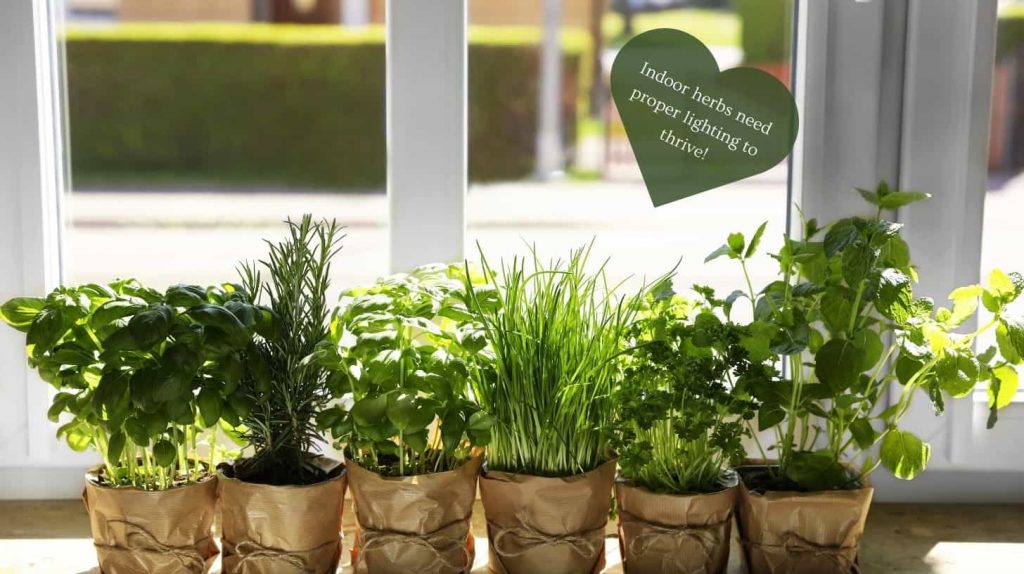
Growing herbs indoors is an easy and excellent way to add greenery to the home while giving you easy access to fresh flavors. However, these small plants still have environmental needs to ensure they grow and thrive indoors.
Key Climate Factors for Better Indoor Herb Growth
Like all other plants, herbs need a specific cocktail of conditions to survive. As long as their environment meets key climate factors, they can thrive without being outside.
Light
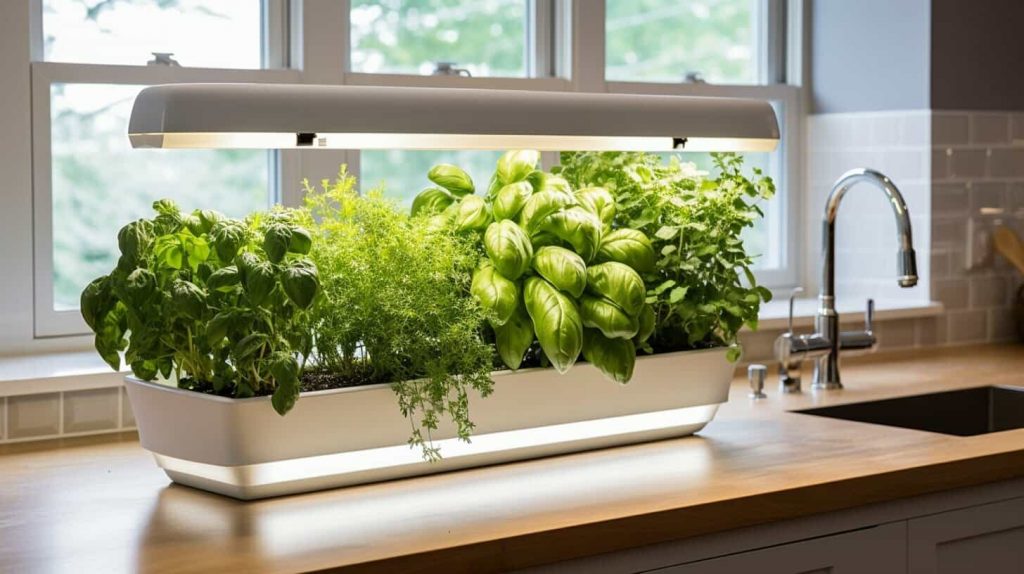
Plants need light to photosynthesize and create their own food. Most herbs need at least a couple of hours of sunlight, so place them near a window or a sunny location. Natural light is best, but if the weather isn’t cooperating or your home doesn’t let in much sunlight, fluorescent lamps or LED grow lights are effective and affordable alternatives.
If herbs don’t get enough light, they might grow thin, sprout smaller leaves and only develop a mild aroma. Whether using lamps or natural light, rotating your pots can help plants grow more evenly.
Temperature
Herbs thrive in moderate temperatures, between 65 and 70 degrees Fahrenheit during the day and 55 to 60 degrees Fahrenheit at night.
It’s best to keep them at a relatively consistent temperature. Avoid placing herbs near heaters or air conditioning units, as the extreme temperatures can stress them out. Similarly, don’t place plant pots on the windowsill during the winter.
Humidity
Humidity is the amount of moisture in the air. Most herbs prefer moderate humidity. Too much creates a moist environment, leading to root rot and promoting bacterial or fungal growth.
A dehumidifier can be helpful in extremely humid weather. It controls the moisture in your home and reduces mold spores and dust mites that might harm your herbs and trigger allergies. Dust mites require humidity of at least 65% to thrive, and most humidifiers can ensure levels stay lower than that. On the other hand, too little humidity causes extremely dry conditions. Many studies have found low humidity levels can hamper photosynthesis and carbon dioxide uptake, affecting plant growth. In addition to using a humidifier, you can increase levels by placing herbs closer together or putting them in the bathroom.
Air Circulation
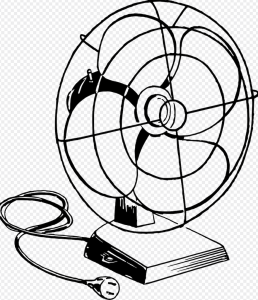
Stagnant air can be as harmful as excess humidity when growing indoor plants. Herbs that grow outdoors typically have access to a lot of fresh air, which also helps prevent fungal and bacterial growth.
Growing indoor herbs provides a different experience, especially in colder weather. For example, keeping a window open during the winter might improve air circulation, but it can be unhealthy for plants and people.
Pointing a fan at your herbs can be a simple yet effective way to improve indoor air circulation and quality, regardless of the weather. It moves air around, preventing bacteria and fungi from settling into your plants while also maintaining comfortable temperatures.
What Herbs Can You Grow Indoors?
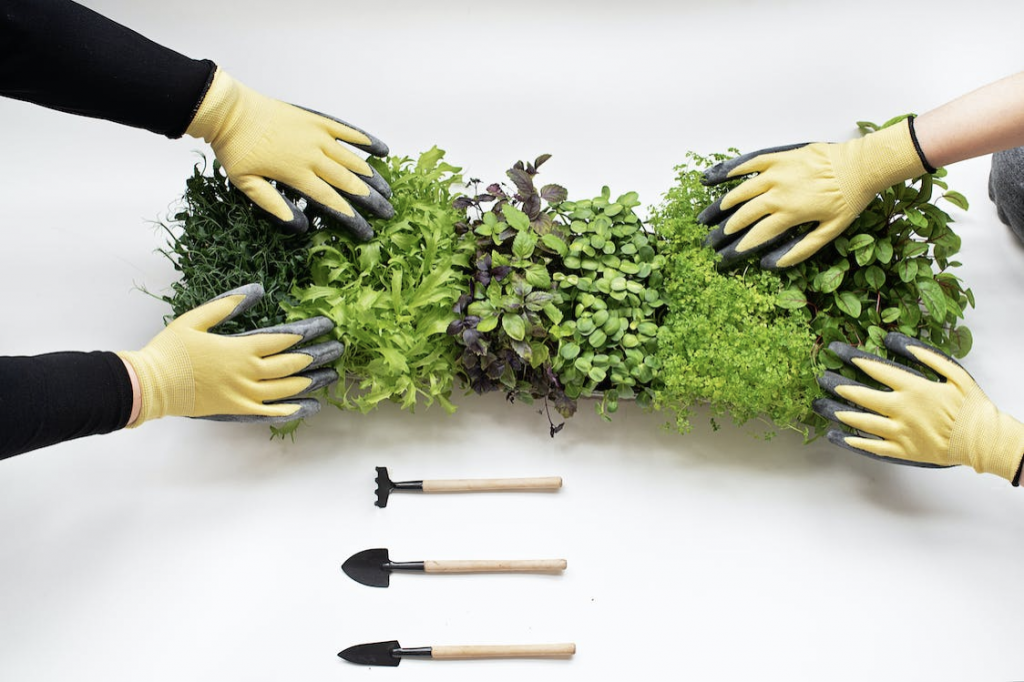
The capacity to grow plants indoors often depends on your climate and how well it can support herb growth. The right conditions and appropriate adjustments will help them thrive inside your home.
Here are three easy herbs you can grow indoors:
Chives
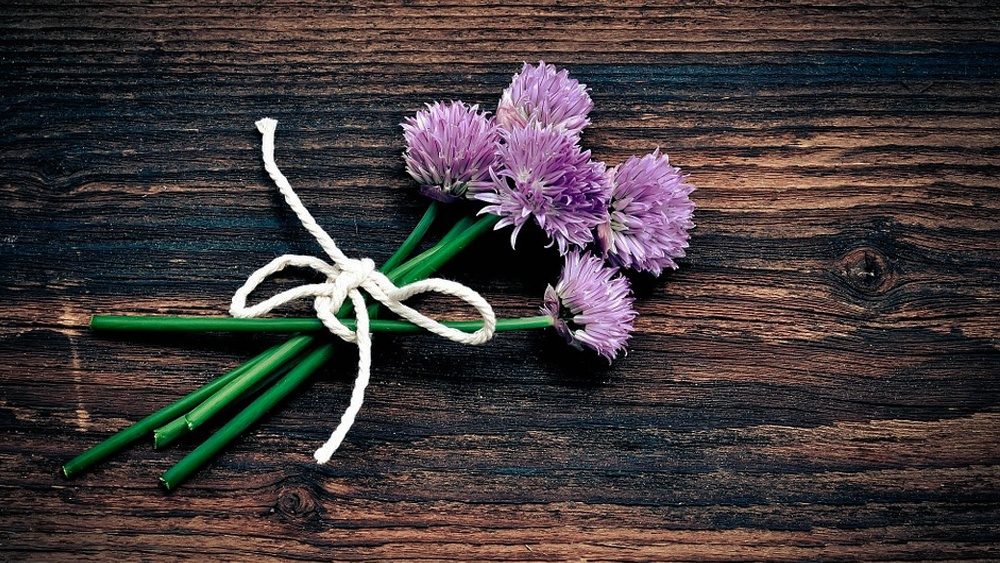
Chives are some of the easiest herbs to grow indoors. While they prefer sunlight, they can still grow in shaded areas, making them easier to maintain even in winter. You can buy young plants or start growing them from seeds. Keep the plant moist but not overwatered. Use a pot with drainage holes to ensure it gets just enough water.
Thyme
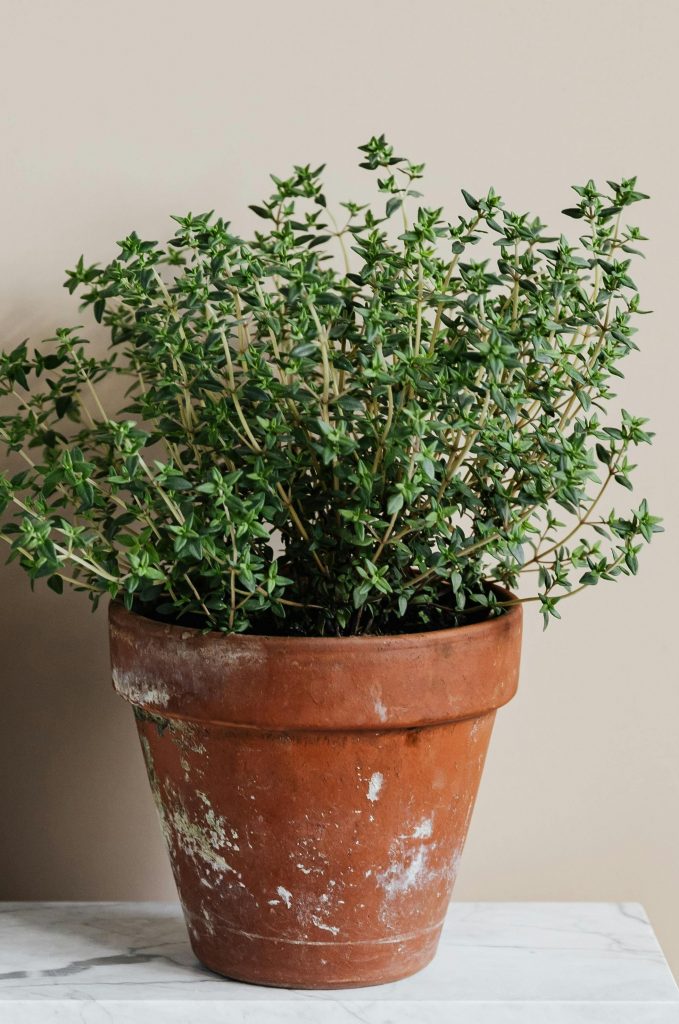
Thyme is another low-maintenance herb to add to your indoor garden. It’s small, low-growing and drought-tolerant. It’s an evergreen plant, so you can pick and replant sprigs all year. However, it does enjoy lots of direct sunlight. Water it regularly, but not too much, to prevent root rot.
Mint
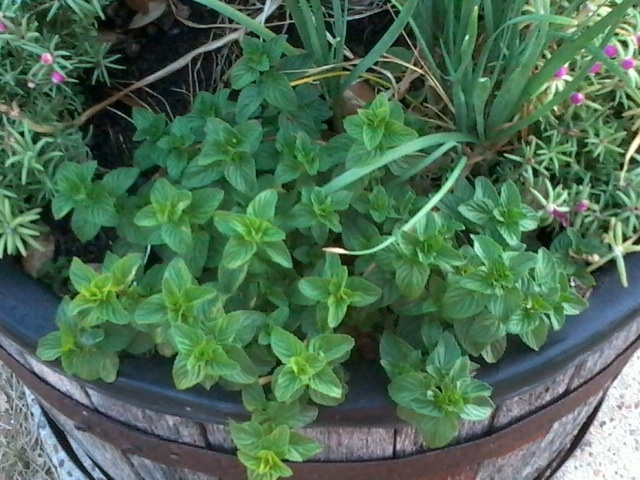
All types of mint grow and spread quickly, even in indoor containers. Mint also doesn’t require a lot of light, so it can survive during the winter. It’s easiest to grow from cuttings since germinating seeds often takes a while. Pick a larger container so it has room to spread, keep the plant moist and ensure proper drainage. Divide clumps regularly to avoid congestion and keep the herb healthy.
Other Practical Tips for Growing Indoor Herbs
Maintaining the right climate is one aspect of caring for your indoor herb garden. Use these other tips to keep your plants healthy and happy:
- Choose the proper containers: Using containers with drainage holes is a good rule. You should also match the pot size to the herb.
- Manage pests: Regularly check your garden for signs of indoor pests, which can affect plant growth. Avoid using chemical pesticides on herbs, especially if you’re growing them for consumption.
- Create a consistent watering schedule: Water herbs regularly, depending on their needs. Some might need more frequent watering than others.
- Prune and harvest properly: Regular pruning stimulates new growth and keeps herbs healthy.
Helping Herbs Thrive Indoors
Many indoor herbs are resilient but still require specific climate conditions to stay healthy. Minor tweaks to their environment might be the solution to yellow leaves or leggy stems. The proper setup and attention to detail can help your indoor herb garden flourish all year.
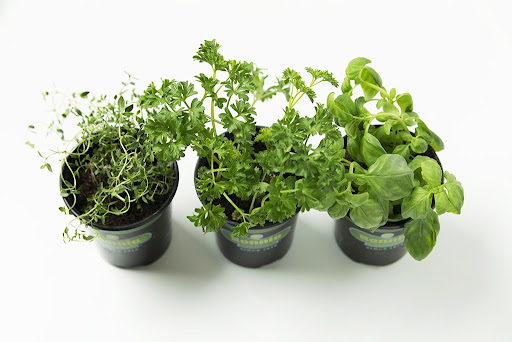

Jane Marsh is a full-time writer and editor specializing in renewable energy, environmental news, sustainable living, and agriculture. She is the Editor-in-Chief of Environment.co and covers topics related to climate policy, sustainability, and renewable energy. Marsh is passionate about environmental issues at all levels, from technological innovations to sustainable farming practices.
